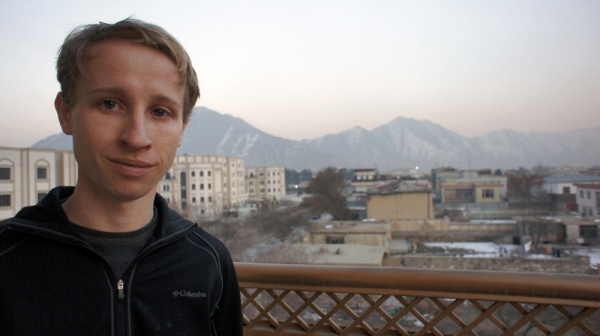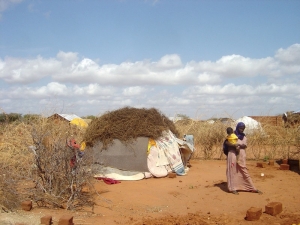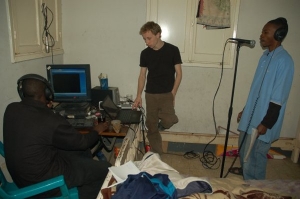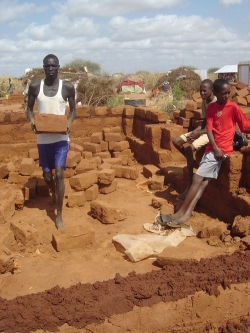UC alumnus uses DAAP degrees to help end poverty, eradicate violence, educate leaders on a global level
by Mitchell Sutika Sipus, M (DAAP '10 & '11)
Fresh out of college with nothing but a backpack and some rupees stashed in my boots, I stared at the wreckage of a car crash on a Himalayan mountainside. Having just survived the collision, I was anxious to reach the next town before sunset so I could find lodging for the night.
It was only the third day of a three-month journey in 2004 to hitchhike across India. I was an undergraduate fine arts student who had won a travel grant to study Asian art.
By the time I finished the trip, however, experiences among Tibetan refugees in the Himalayas and a battle with malaria under the care of poor, rural families had dramatically shifted my personal priorities. I wanted to help combat poverty.
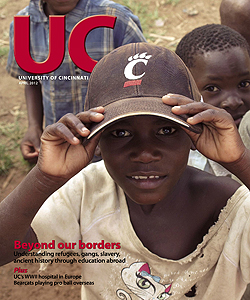
 Past Issues
Past Issues